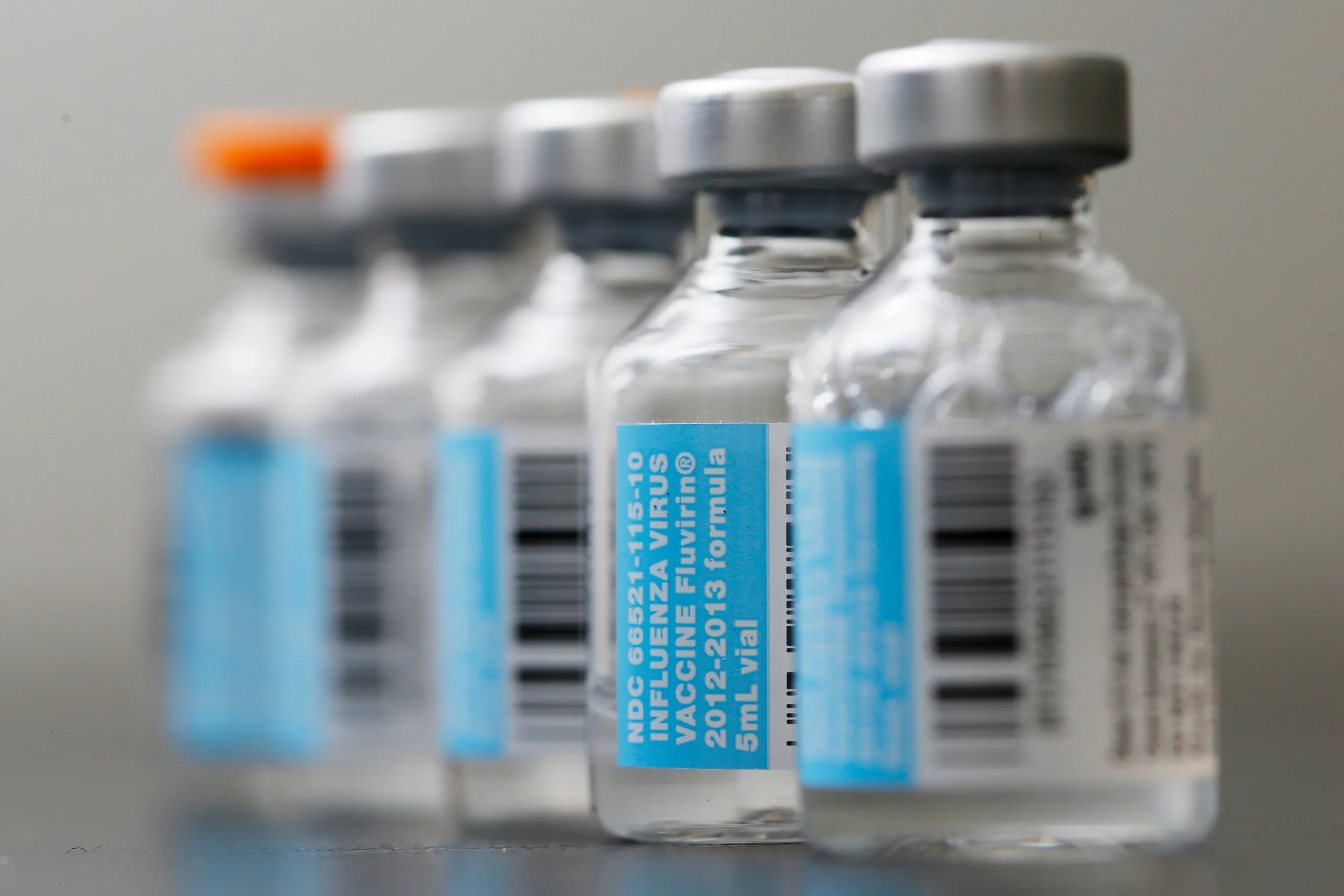Why Skipping Your Flu Shot This Year Could Be a Costly Mistake
As the autumn leaves begin to fall and temperatures drop, healthcare professionals are sounding the alarm about an often-overlooked preventive measure that could save you significant time, money, and potential health complications. The annual flu vaccine is more than just a medical recommendation—it’s a critical shield against a potentially dangerous seasonal threat.
The Real Cost of Overlooking Vaccination
Each year, millions of Americans make the risky decision to skip their flu shot, unaware of the potential consequences. Dr. Emily Rodriguez, an infectious disease specialist at Metropolitan Health Center, warns, “Skipping the flu vaccine is like driving without insurance—you’re gambling with your health and potential financial burden.”
Understanding the Flu Landscape
The influenza season typically runs from October through May, presenting a significant window of vulnerability for individuals who remain unvaccinated. According to the Centers for Disease Control and Prevention (CDC), the flu vaccine is not just a recommendation, but a crucial public health strategy.
Key Vaccination Facts:
- Universal Recommendation: The CDC advises that everyone 6 months and older should receive an annual flu vaccine.
- High-Risk Groups: Elderly, young children, and individuals with chronic health conditions are particularly vulnerable.
- Community Protection: Vaccination helps create “herd immunity,” reducing virus transmission.
Breaking Down Common Misconceptions
Many people avoid flu shots due to persistent myths. Let’s debunk some of the most common misconceptions:
- Myth: The flu shot can give you the flu
- Reality: The vaccine contains inactivated virus and cannot cause infection
- Myth: Flu vaccines are ineffective
- Reality: Vaccines significantly reduce hospitalization and severe illness risks
Economic Impact of Skipping Vaccination
The financial implications of avoiding the flu shot can be substantial. Potential healthcare costs associated with flu-related complications can quickly escalate:
- Average doctor’s visit: $150-$300
- Emergency room treatment: $1,000-$3,000
- Hospitalization: $5,000-$10,000
- Lost work productivity: Estimated $16.3 billion annually
Accessibility and Convenience
One of the most encouraging aspects of flu vaccination is its widespread accessibility. Many healthcare providers offer:
- Free or low-cost vaccination options
- Convenient pharmacy locations
- Workplace vaccination programs
- Community health clinic services
Vaccination: A Personal and Public Health Responsibility
Dr. Michael Chen, a public health expert, emphasizes, “Getting vaccinated is not just about personal protection—it’s about protecting our entire community, especially those most vulnerable.“
Making an Informed Decision
As you consider your health strategy this flu season, remember that prevention is always more cost-effective than treatment. The annual flu vaccine represents a small investment with potentially significant returns in health and financial savings.
Practical Steps
- Consult your healthcare provider
- Check local vaccination sites
- Verify insurance coverage
- Schedule your vaccination early
Conclusion
Skipping the flu shot is a risk not worth taking. With minimal time investment and often no out-of-pocket cost, getting vaccinated is a smart, responsible choice that protects both individual and community health.
Disclaimer: Always consult healthcare professionals for personalized medical advice tailored to your specific health conditions.
Stay informed, stay protected.
Sources: CDC, American Medical Association, Public Health Research






Leave a Comment